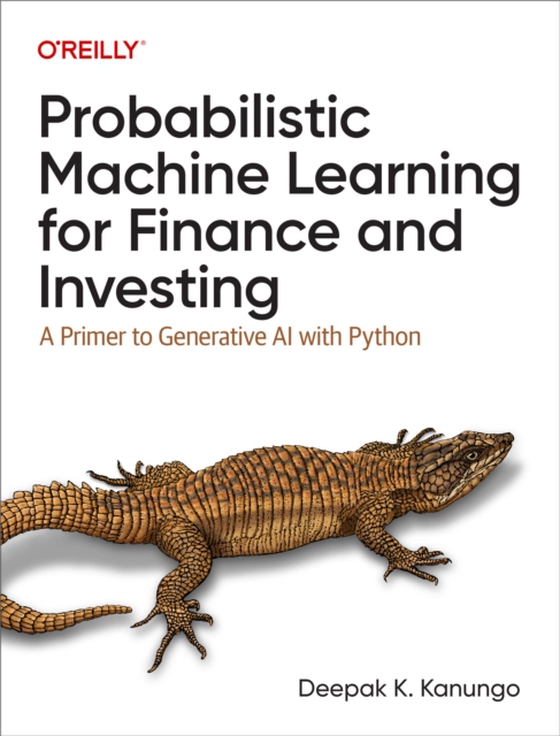
Probabilistic Machine Learning for Finance and Investing e-bog
546,06 DKK
(ekskl. moms 436,85 DKK)
There are several reasons why probabilistic machine learning represents the next-generation ML framework and technology for finance and investing. This generative ensemble learns continually from small and noisy financial datasets while seamlessly enabling probabilistic inference, retrodiction, prediction, and counterfactual reasoning. Probabilistic ML also lets you systematically encode person...
E-bog
546,06 DKK
Forlag
O'Reilly Media
Udgivet
14 august 2023
Længde
266 sider
Genrer
UYQM
Sprog
English
Format
epub
Beskyttelse
LCP
ISBN
9781492097631
There are several reasons why probabilistic machine learning represents the next-generation ML framework and technology for finance and investing. This generative ensemble learns continually from small and noisy financial datasets while seamlessly enabling probabilistic inference, retrodiction, prediction, and counterfactual reasoning. Probabilistic ML also lets you systematically encode personal, empirical, and institutional knowledge into ML models.Whether they're based on academic theories or ML strategies, all financial models are subject to modeling errors that can be mitigated but not eliminated. Probabilistic ML systems treat uncertainties and errors of financial and investing systems as features, not bugs. And they quantify uncertainty generated from inexact inputs and outputs as probability distributions, not point estimates. This makes for realistic financial inferences and predictions that are useful for decision-making and risk management.Unlike conventional AI, these systems are capable of warning us when their inferences and predictions are no longer useful in the current market environment. By moving away from flawed statistical methodologies and a restrictive conventional view of probability as a limiting frequency, youll move toward an intuitive view of probability as logic within an axiomatic statistical framework that comprehensively and successfully quantifies uncertainty. This book shows you how.
 Dansk
Dansk

